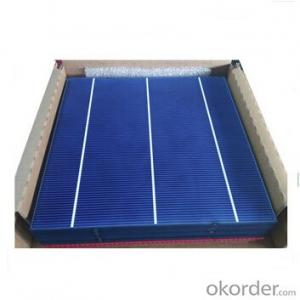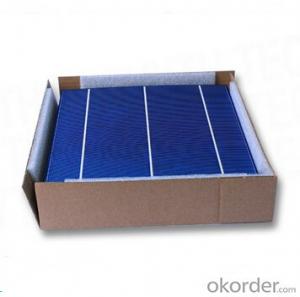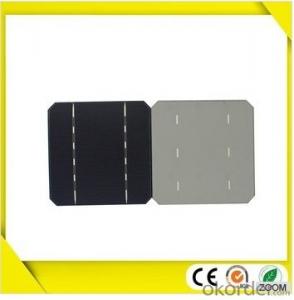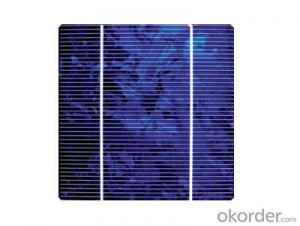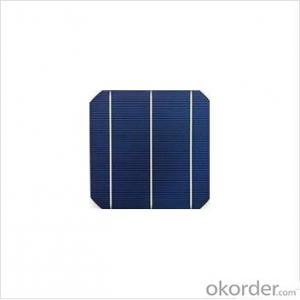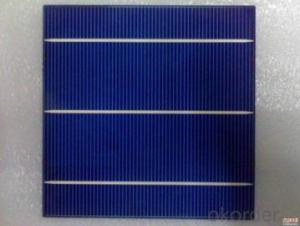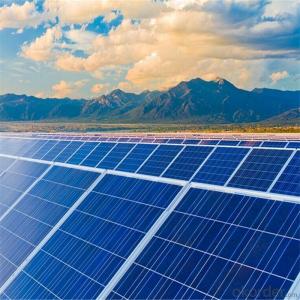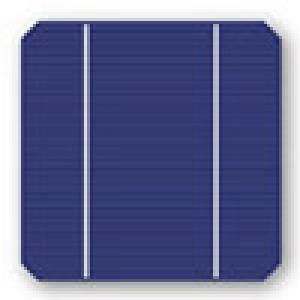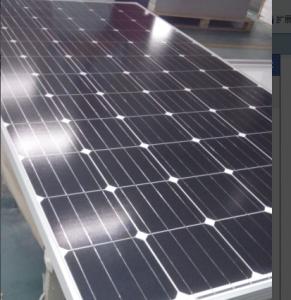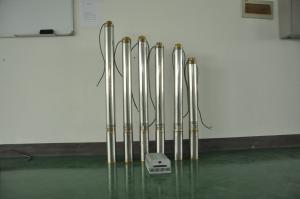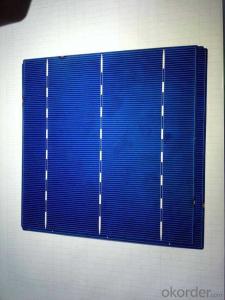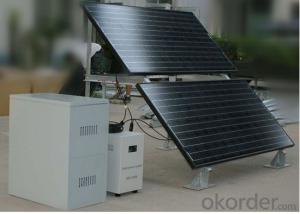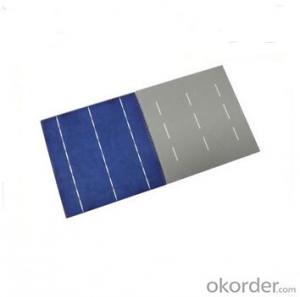Second Generation Solar Cells
Second Generation Solar Cells Related Searches
2nd Generation Solar Cells 1st Generation Solar Cells First Generation Solar Cells 4th Generation Solar Cells Fourth Generation Solar Cells 3rd Generation Solar Cells Bifacial Solar Cells High Performance Solar Cells Photovoltaic Solar Cells Agbis2 Solar Cells High Quality Solar Cells High Power Solar Cells High Efficiency Solar Cells 12 Volt Solar Cells Solar Energy Cells Lightweight Solar Cells High Temperature Solar Cells High Voltage Solar Cells Highest Efficiency Solar Cells Full Spectrum Solar Cells 4 Generations Of Solar Cells Electric Solar Cells Multilayer Solar Cells High Output Solar Cells Nano Solar Cells Compact Solar Cells Residential Solar Cells Organic Solar Cells Satellite Solar Cells High Wattage Solar CellsSecond Generation Solar Cells Supplier & Manufacturer from China
Second Generation Solar Cells, also known as thin-film solar cells, are a type of photovoltaic technology that utilizes various materials such as amorphous silicon, CdTe, and CIGS to convert sunlight into electricity. These cells are known for their flexibility, lower production costs, and ability to be integrated into various surfaces, making them a popular choice for both residential and commercial applications. They are particularly useful in areas where space is limited or where the aesthetic appeal of traditional solar panels is a concern, as thin-film solar cells can be tailored to fit seamlessly into the design of buildings and other structures.The application and usage scenarios for Second Generation Solar Cells are vast, ranging from small-scale residential installations to large-scale commercial and industrial projects. They can be used in off-grid systems for remote locations, as well as in grid-tied systems where excess energy can be fed back into the power grid. Additionally, these solar cells are finding their way into various consumer products, such as portable chargers and wearable devices, due to their lightweight and flexible nature. The versatility of Second Generation Solar Cells makes them an attractive option for a wide range of users looking to harness the power of the sun.
Okorder.com is a leading wholesale supplier of Second Generation Solar Cells, boasting a large inventory that caters to the diverse needs of customers worldwide. With a commitment to quality and customer satisfaction, Okorder.com ensures that each order is fulfilled with precision and care. Their extensive range of products includes various types of thin-film solar cells, catering to different power generation requirements and applications. By partnering with Okorder.com, customers can access a reliable source for their Second Generation Solar Cells, ensuring that they receive the best products at competitive prices.
Hot Products


